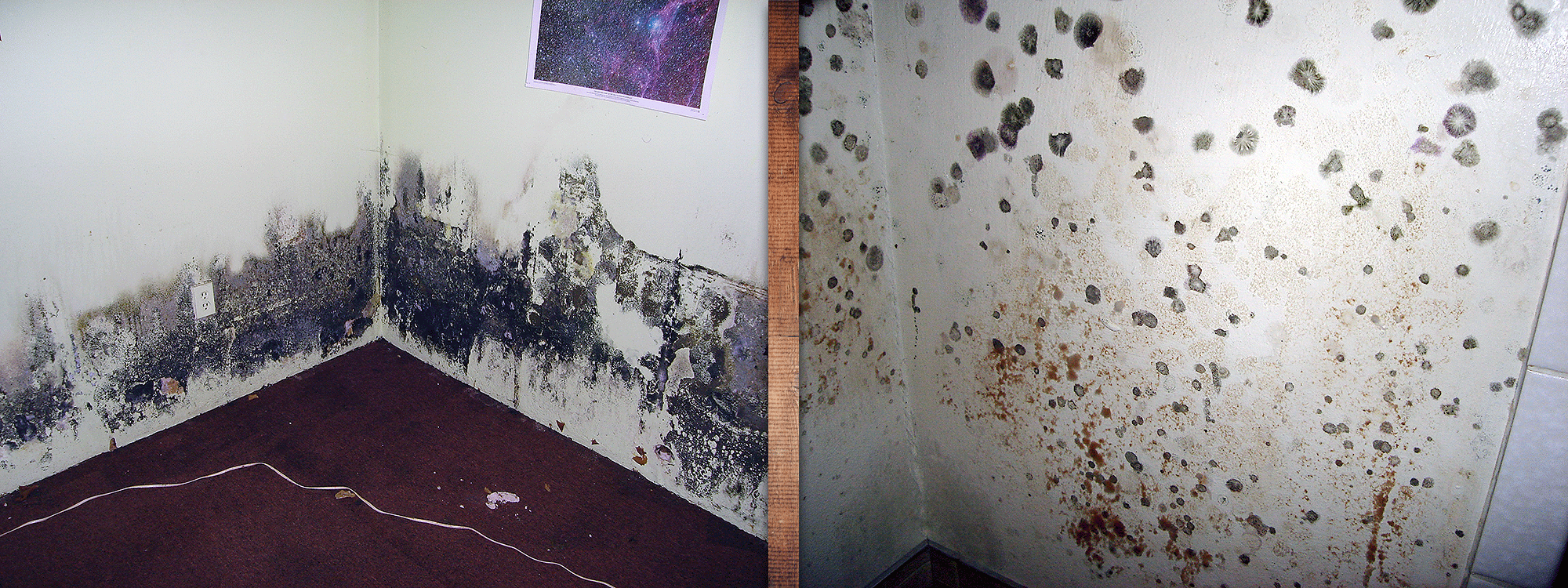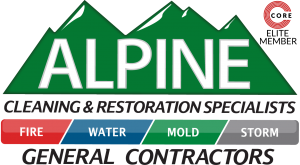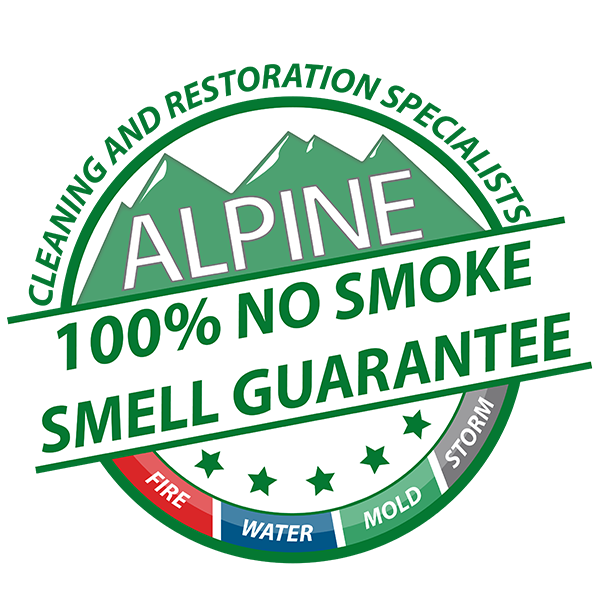Mold Removal

Fuzzy, dark spots dot your shower tile. Large, black patches coat sections of your basement walls. You’ve got a serious mold problem. Mold removal can be expensive to remove, but it’s even more expensive not to. It causes the value of your home to plummet. More importantly, it’s a health risk. The spores cause allergic reactions, leading to rashes, coughing, wheezing, and eye irritation. Prolonged exposure can have serious health complications, including weakening your immune system and potentially causing brain damage.
Here are a few things to do about mold removal.
Mold Removal: What You Need To Do
1. Keep Things Dry
Prevention is the key. The most important thing is to keep things dry. Mold spreads in warm, wet areas. In areas where the humidity can get as high as 70%, prevention is a constant struggle. One suggestion is to invest in a high quality dehumidifier. Even in places like here in Utah or Idaho, mold can still take root, so don’t assume you’re safe. Make sure your dryer has an anti-humidity vent. Your goal is to keep the humidity level at 54% or lower. Check your home for leaks. If you find any, clean them up with a dry towel, then call a professional plumber to fix the leak if you can’t do it yourself.
2. Circulate the Air and Regulate the Temperature
Mold thrives is places of low light, stale air, warm temperatures. If the temperature is above 75° F, then you’re at risk. Try to keep the temperature between 69-73°F for a perfect middle ground. Keep fresh air moving in your home and find ways to let in natural sunlight. Change the filters in your heating and air conditioning vents regularly. For the best results, invest in a quality air purification system that includes a HEPA filter. When you take a shower, open a window and turn on a fan, if you have one available. This will help lower humidity as well as circulate the air.
3. Know Where To Look
Closets are mold’s favorite place to grow. Check them regularly and amek sure there is no growth. Never place damp clothing in your closets. Basements, are also a good place to cultivate spores because of the lower light levels and occasional plumbing leaks. Watch for signs of dampness. Plants also are a mold. Avoid putting too many inside your home and space them out. Plastic plants are better for decorations because they don’t require water.
4. Clean It Up
Despite your best efforts, mold may still take root. When mold starts to grow, it’s important that you get rid of it quickly. The longer it sits, the deeper it seeds itself, and the harder it is to remove. Remember that mold spores are often toxic, so you need protection. Wear a mask, eye protection, and protective gloves. Keep in mind that not all masks can filter mold spores, so check the packaging before you buy them.
For small patches on bathroom tiles, a good spray of bleach can kill it, but be sure to leave a window open so toxic fumes don’t build up. Sometimes, it’s better to dampen the mold before cleaning, since it can lessen the amount of spores in the air while you clean. Soak a washcloth in warm water and dab the infested area a few times before wiping it off.
5. Know What You Can’t Clean
For certain surfaces, mold removal is impossible. Porous surfaces have too many spaces for spores to sink into to ever be cleaned once mold takes root. Carpeting, drywall, wallpaper, and fabric are all on that list. If you find mold taking root in them, then you have to remove those surfaces and replace them
Give Us A Call
If you have any questions, or would like some professional help, don’t hesitate to get in touch with us. Alpine Cleaning and Restoration has specialists in mold removal. If you live in Utah or Southern Idaho, our experts are on call 24/7 to help you with all your cleaning needs.





